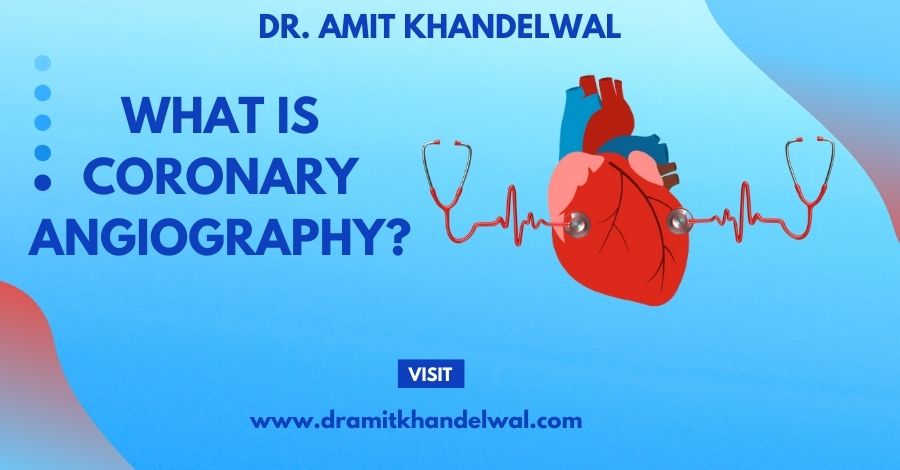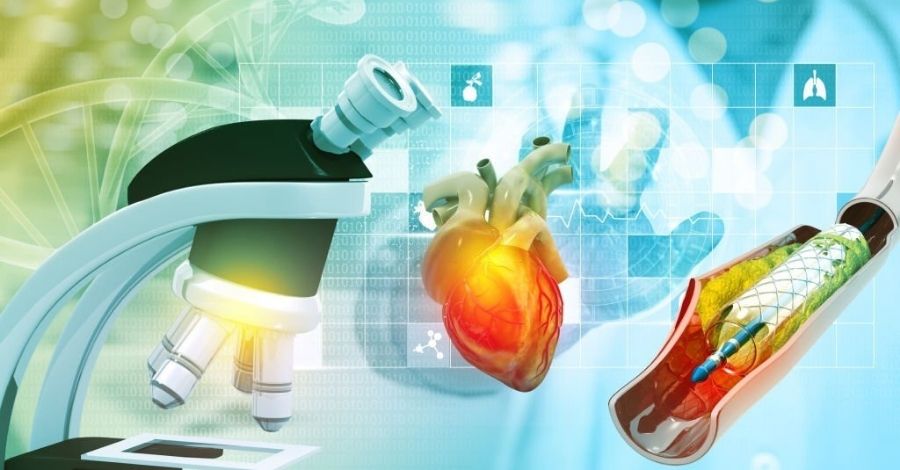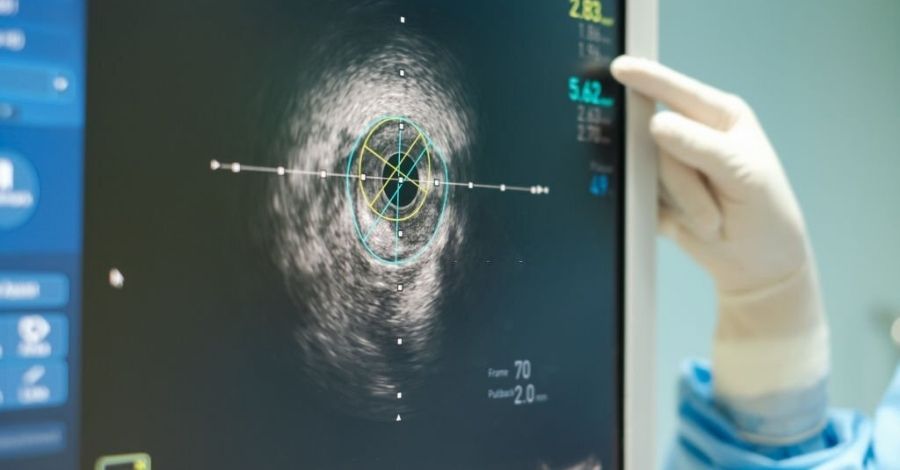


What is Angiography?
The term "angiography" or "arteriography" refers to a medical imaging procedure used to visualize the inside, or lumen, of the body's blood vessels and organs, with a focus on the arteries, veins, and heart chambers. An X-ray-based imaging method called fluoroscopy is used to perform modern angiography after injecting a radio-opaque contrast agent into the blood artery.

What Are Different Types Of Angiography?
There are numerous types of Angiography, And these are as follows:
- Coronary Angiography
- Cerebral Angiography
- Pulmonary Angiography
- Peripheral Angiography
- Fluorescein Angiography
- OCT Angiography
- Micro-Angiography
- Post-mortem CT Angiography

What is Coronary Angiography?
Our heart pumps blood and oxygen to all the body organs. For pumping, heart muscle also requires oxygen, which is provided to the heart through coronary arteries. A test called coronary angiography shows the inside of your coronary arteries using a special dye and special x-rays. The "Cath lab" is the facility where a test of this type is possible using a special x-ray machine (catheterization laboratory).
Coronary Angiography, One of the most common angiograms performed is to visualize the blood in the coronary arteries. A long, thin, flexible tube called a catheter is used to administer the X-ray contrast agent to the desired area to be visualized. The catheter's tip is moved via the arterial system and into the main coronary artery after being put into an artery in the forearm. The transient radiocontrast distribution within the blood moving inside the coronary arteries may be seen on X-ray pictures, which also allows one to see the size of the artery openings. It is difficult to tell whether there is atheroma or atherosclerosis present within the artery walls.

Before Coronary Angiography :
Before the angiography, You might need to have certain blood tests and an ECG (cardiogram). Before the test, you might be instructed to avoid food and liquids for a short time. you could be told to shave your arms and groin area before the test. If you are pregnant, you just need to inform the doctor before the test.
Before the test starts, You may be given a mild sedative to help you relax. The treatment doesn't hurt much at all, and you're fully awake during it. This test is completed in just a few seconds. In general, there is a very low chance of major complications. On the day of the procedure, you may be discharged. To help your body rid of the dye, you should drink plenty of water.
When To Do Coronary Angiography?
In Coronary Angiography, The "gold-standard" test is done to diagnose a blockage in your heart's arteries. Coronary artery disease (CAD) is the term for the condition where the lumen of your arteries becomes narrowed as a result of cholesterol being deposited in the wall of your coronary arteries (a condition known as plaque). Your heart receives less oxygen-rich blood as the artery narrows.

Dr. Amit Khandelwal: Best Cardiologist In Udaipur
Heart specialist: Dr. Amit Khandelwal is one of the best Cardiologists in Udaipur and has more than 16 years of experience. He attended RNT Medical College and MB Govt. Hospital in Udaipur to complete his MBBS and MD in general medicine. The DM-Cardiology program is a three-year residency in interventional cardiology offered by the SSKM Group of Hospitals in Kolkata and the Institute of Post-Graduation Medical Education & Research (IPGME&R). Dr. Amit Khandelwal has done multiple intricate interventional operations over the previous 16 years, saving countless lives. More than 11,000 Coronary and Peripheral Vascular Interventions and treatments have been carried out by him thus far.